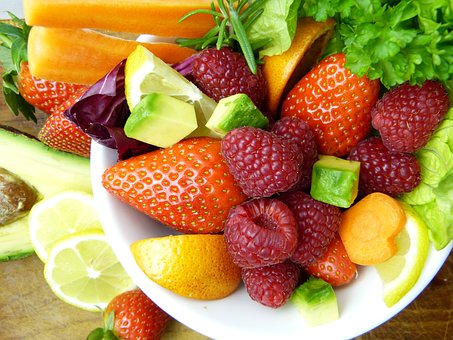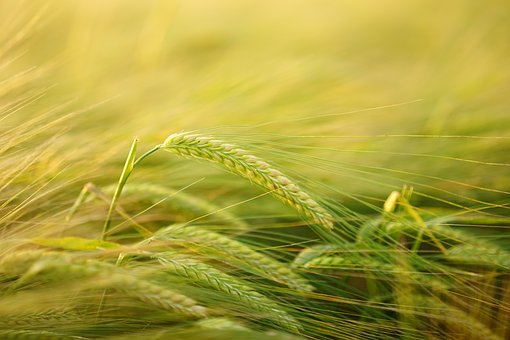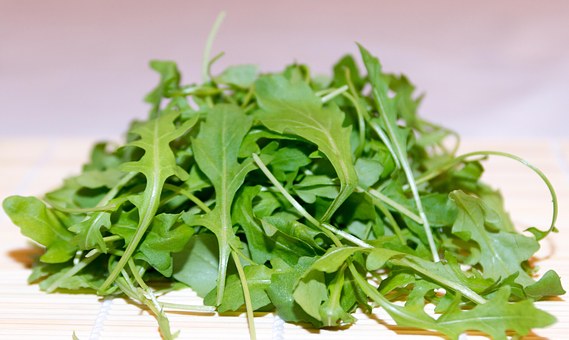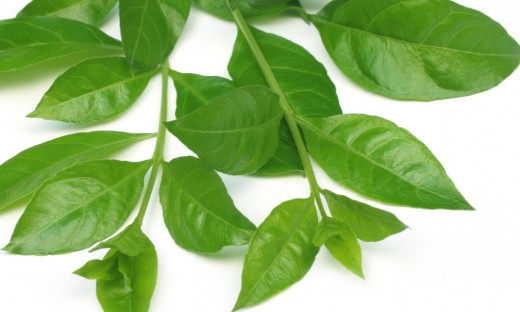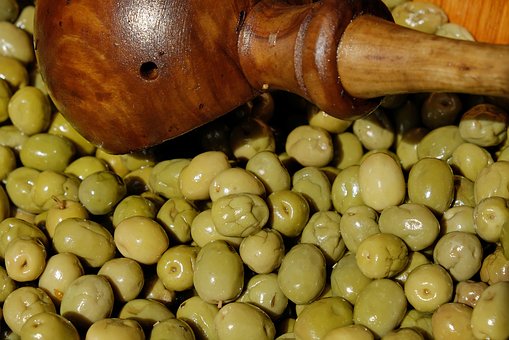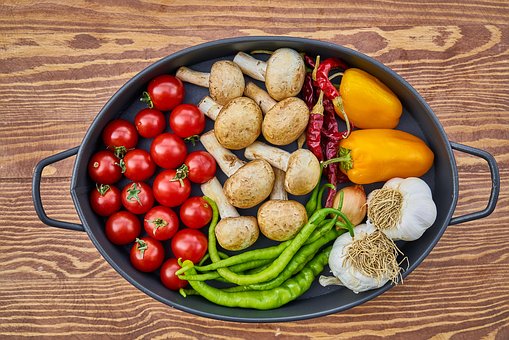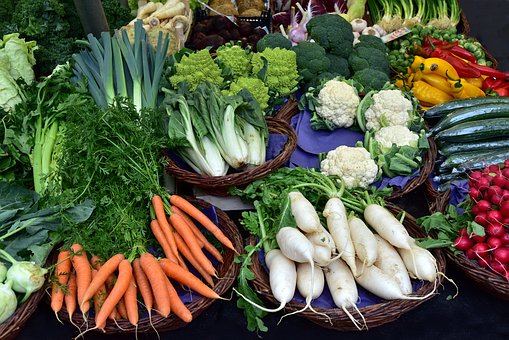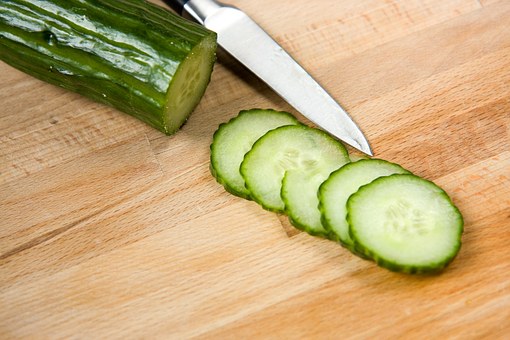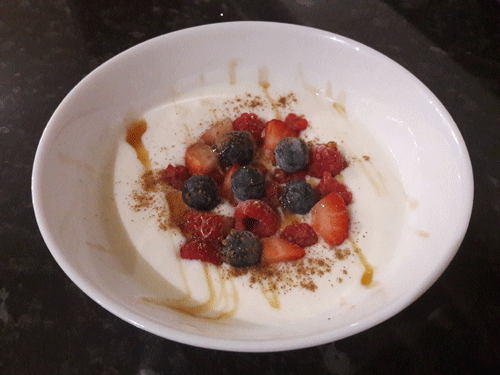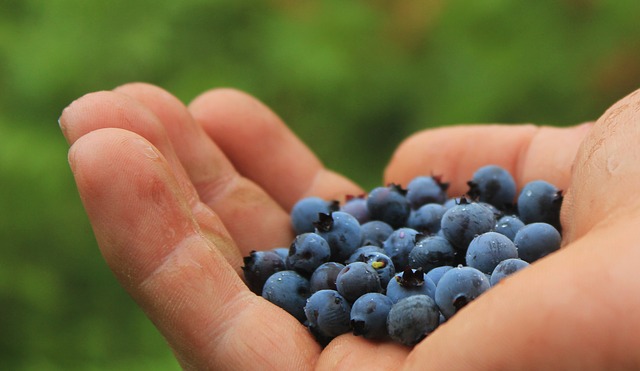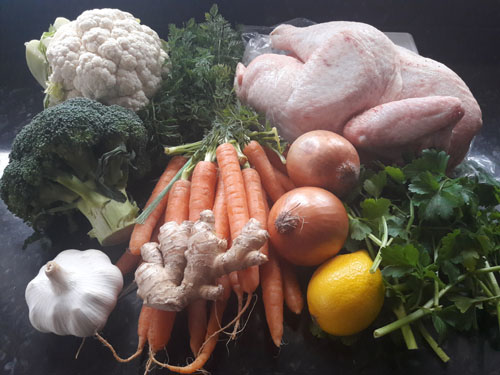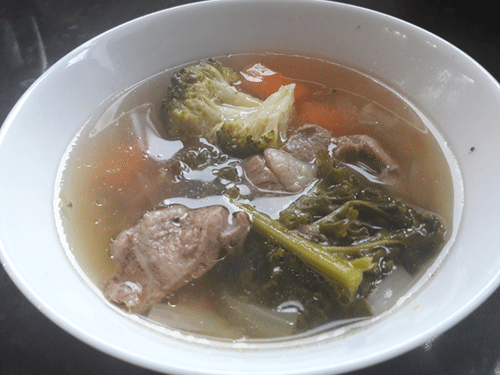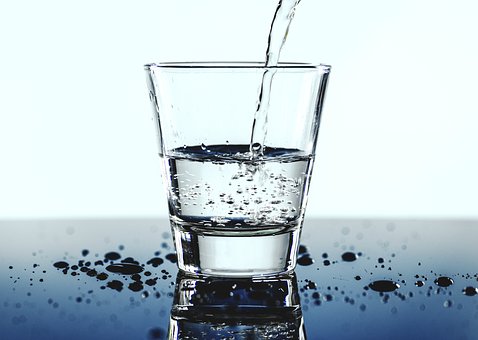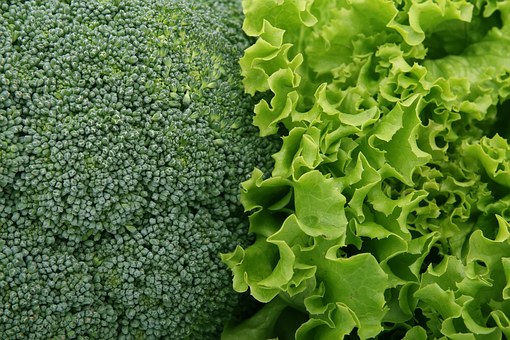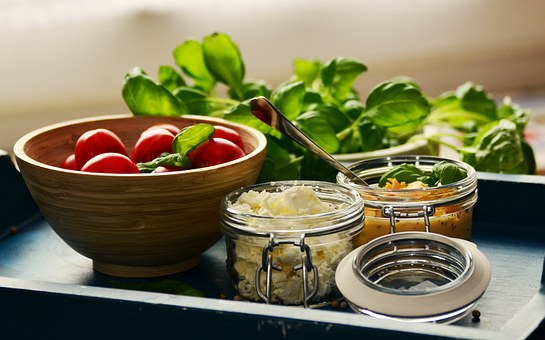Millet: An Easily Digested Healthy Whole Grain
© HealthyMuslim. See Terms and Conditions
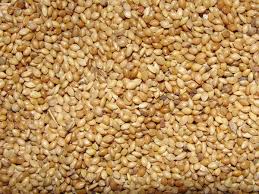
Millet is a small white, yellow or red grain with a mild, sweet flavor. It is a good source of fiber and protein, the vitamins thiamine and niacin, and the minerals magnesium, phosphorus, zinc, copper and manganese. It is also a good source of the carotenoids lutein and zeaxanthin.
This gluten-free grain is considered to be one of the least allergenic and most digestible grains available; it is not acid-forming; it contains nearly 15 percent protein, is low in starch and particularly rich in the mineral silica. Silica is a prime ingredient of collagen, the body's glue that binds everything together, and is needed for healthy hair, skin, teeth, eyes and nails.
A 2006 study found that diabetic rats on a high-millet diet had decreased levels of insulin sensitivity and better glucose management compared to their control group.
Tips for Using Millet
- Use millet in the same way as, and in place of rice.
- One cup of millet requires three cups of liquid; it should cook for 20-30 minutes. One cup dry makes three cups cooked millet.
- Millet can be used in soups or casseroles, and millet flour can be used in baking.
- Cook it as an alternative to porridge, adding cinnamon, honey and raisins.
- Millet can be dry roasted to increase the nutty flavor of the grain.
References
Choi YY et al. Effects of dietary protein of Korean foxtail millet on plasma adiponectin, HDL-cholesterol, and insulin levels in genetically type 2 diabetic mice. Biosci Biotechnol Biochem. 2005 Jan;69(1)31-37.
Link to this article: Show: HTML Link • Full Link • Short Link
Share or Bookmark this page: You will need to have an account with the selected service in order to post links or bookmark this page.





|
Related Articles:
- Millet and Carrot Salad
- Millet: An Easily Digested Healthy Whole Grain
- A Deliciously Moist Millet Cakes Recipe
- Enzymes in Food Provide Health and Longevity
- Oats Are Packed With Health-Promoting Benefits
- Soak Your Grains for Maximum Benefit
You must be registered and logged in to comment.
Most Popular
Latest Articles
Popular Subjects
Health, fitness and longevity
Based upon the principles of health
in the Qur'an and Prophetic Traditions.
HealthyMuslim.Com
There are two bounties in which
most people lose out: good health
and free time. Al-Bukhari.





